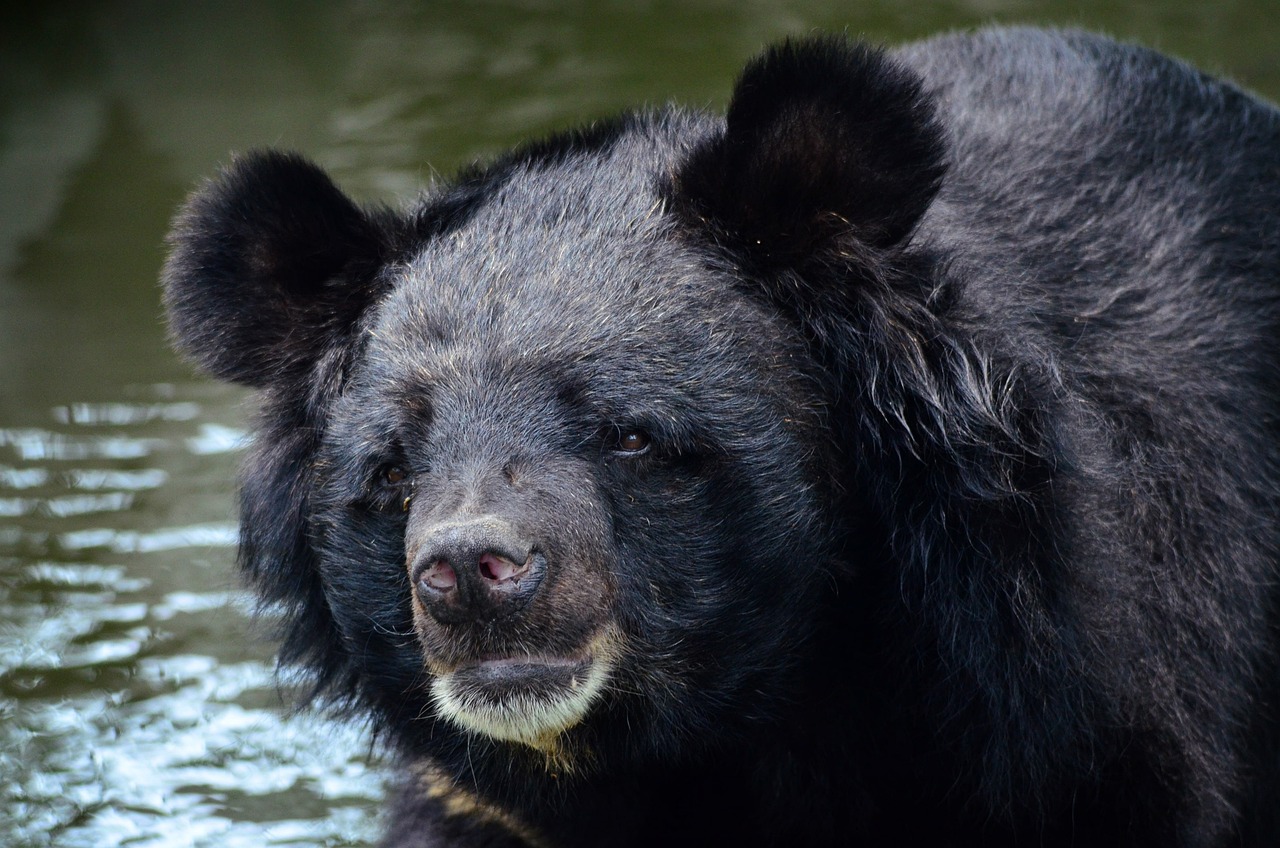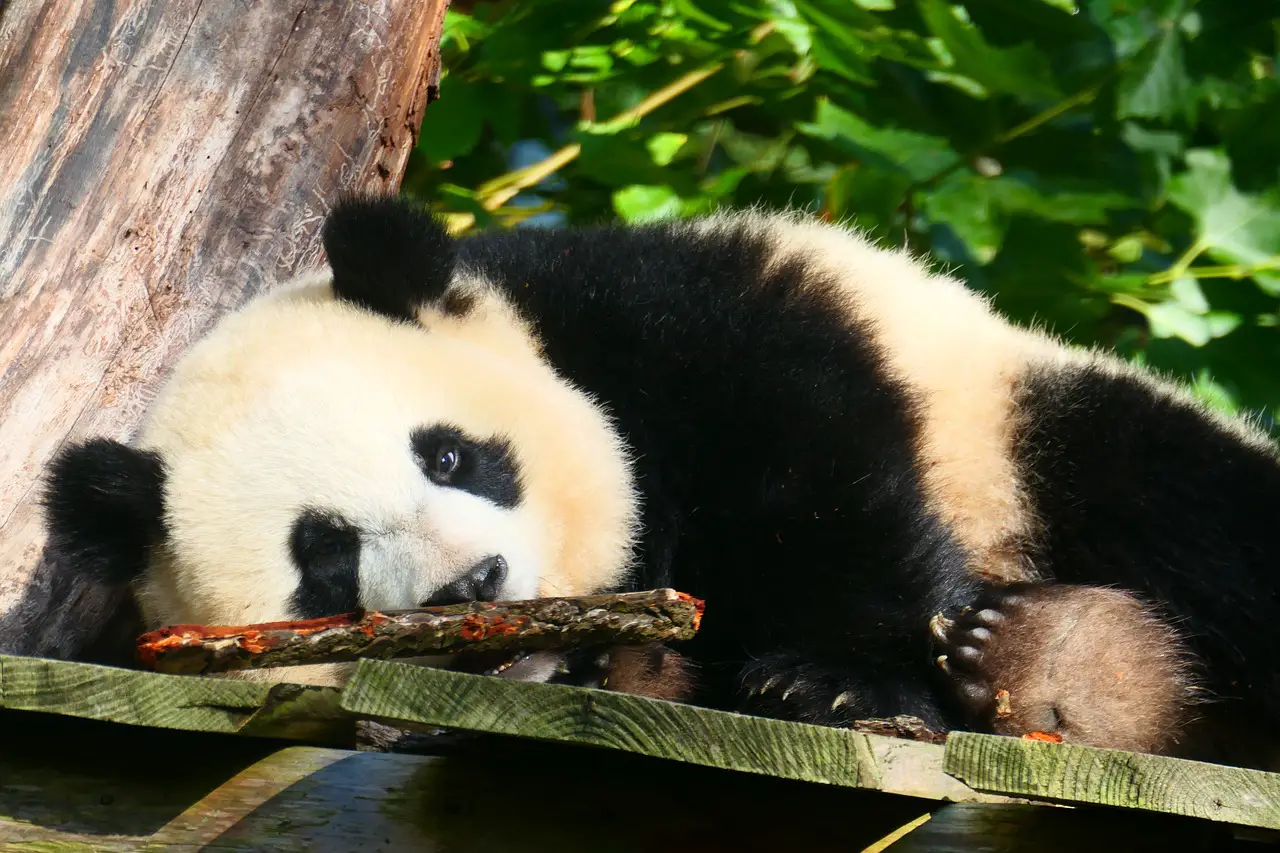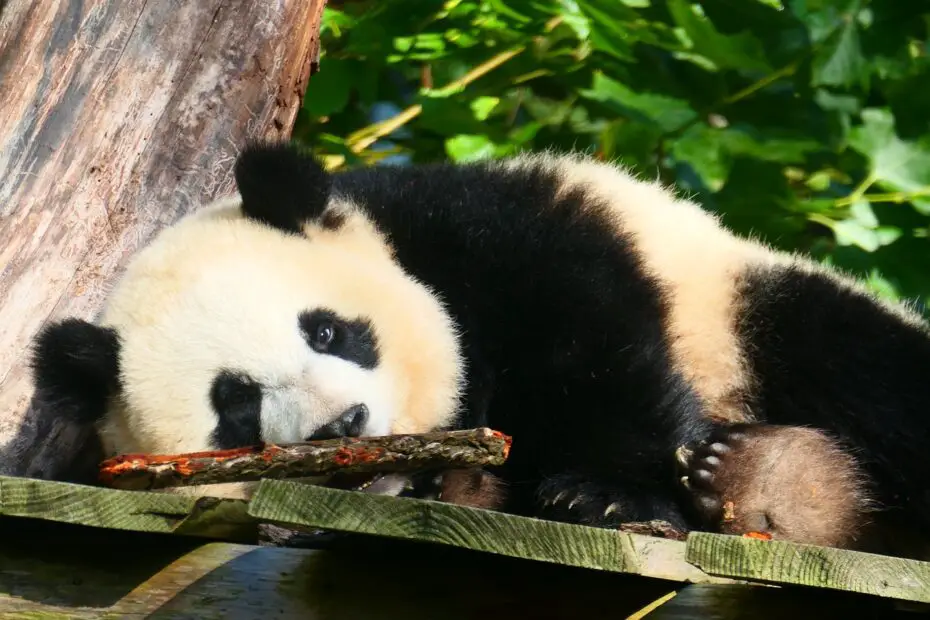Bears, majestic and powerful creatures, have captured the imaginations of people around the world for centuries. They play significant roles in ecosystems and hold cultural importance in many societies. However, several bear species are currently endangered bears, facing threats that jeopardize their survival.
In this article, we will explore the importance of bears in ecosystems, discuss the challenges they face, highlight endangered bear species, delve into conservation efforts, and emphasize the role of sustainable practices in ensuring their continued existence.
You may also want to read about the cinnamon bear.
Importance of Bears in Ecosystems
Keystone Species
Bears are considered keystone species, meaning their presence is crucial for maintaining ecological balance. They shape ecosystems by influencing prey populations and vegetation dynamics. Their foraging activities create clearings in forests, allowing sunlight to reach the forest floor and promoting biodiversity.
Seed Dispersal
Bears are excellent seed dispersers. As they travel long distances, they consume fruits and berries, later dispersing the undigested seeds through their feces. This process contributes to forest regeneration and the diversity of plant species.

Threats to Bear Populations
Habitat Loss and Fragmentation
Habitat loss due to human activities, such as deforestation and urbanization, is a significant threat to bear populations. The destruction and fragmentation of their habitats disrupt their natural behaviors, limit their access to food sources, and hinder their ability to find suitable mates.
Poaching and Illegal Wildlife Trade
Poaching for bear body parts, driven by illegal wildlife trade, poses a severe threat to many bear species. Their gallbladders, paws, and other body parts are sought after for use in traditional medicine and as status symbols. This illegal trade contributes to the decline of bear populations and fuels organized criminal networks.
Human-Wildlife Conflict
As human populations expand into bear habitats, conflicts between humans and bears arise. Encounters near human settlements can result in property damage and, in some cases, harm to humans. This often leads to retaliatory killings of bears, exacerbating the challenges faced by these endangered species.
Endangered Bear Species
Giant Panda
The giant panda is one of the most iconic and endangered bear species. With its distinctive black and white markings, it is a symbol of conservation efforts worldwide. Giant pandas face habitat loss and fragmentation due to deforestation and human encroachment. Conservation initiatives, such as protected areas and bamboo reforestation, are helping to preserve their remaining habitats and increase their population numbers.

Polar Bear
The polar bear, adapted to life in the Arctic, is also listed as an endangered species. Climate change and the melting of sea ice are major threats to polar bears, as it impacts their ability to hunt and find suitable habitat. Efforts to reduce greenhouse gas emissions and protect critical polar bear habitats are crucial for their survival.
Sun Bear
The sun bear, native to Southeast Asia, is the smallest bear species. It is currently listed as vulnerable. Habitat loss due to deforestation for agriculture and logging, as well as the illegal wildlife trade, are primary threats to their survival. Conservation efforts focus on protecting their forest habitats and combating poaching.
Conservation Efforts
Protected Areas and Habitat Restoration
Establishing protected areas and nature reserves is crucial for the conservation of endangered bears. These protected spaces provide safe habitats and allow for the restoration of degraded areas. Habitat restoration projects, such as reforestation and land rehabilitation, contribute to creating suitable environments for bear populations to thrive.
Anti-Poaching Initiatives
Efforts to combat poaching and illegal wildlife trade are vital for the conservation of bears. Strengthening law enforcement, increasing penalties for wildlife crimes, and raising awareness about the negative impacts of poaching are essential steps in reducing the demand for bear parts and protecting these endangered species.
Education and Awareness Programs
Education and awareness play a crucial role in changing attitudes and behaviors towards bears. By educating local communities, tourists, and the general public about the importance of bear conservation, the ecological roles bears play, and the threats they face, we can foster a sense of responsibility and inspire conservation actions.
The Role of Sustainable Practices
Responsible Tourism
Promoting responsible tourism practices in bear habitats is essential. This includes supporting tour operators and establishments that prioritize wildlife welfare and minimize disturbance to bear populations. Responsible tourists can also contribute by following guidelines for wildlife viewing, such as maintaining a safe distance and respecting bear habitats.
Sustainable Forestry and Mining
Implementing sustainable practices in industries such as forestry and mining can help mitigate the negative impacts on bear habitats. Sustainable forestry methods that prioritize habitat preservation and minimize habitat fragmentation are crucial. Similarly, responsible mining practices that minimize habitat destruction and incorporate reclamation efforts are essential for bear conservation.
Bear-Resistant Waste Management
Implementing bear-resistant waste management systems in areas where humans and bears coexist can reduce human-bear conflicts. Proper waste management practices, including secure garbage containers and bear-proof bins, can discourage bears from approaching human settlements in search of food, thereby reducing conflicts and potential harm to both bears and humans.
Conclusion
Endangered bears are not only iconic and charismatic animals but also crucial components of ecosystems. The conservation of these remarkable species is imperative to maintain ecological balance and preserve biodiversity. By addressing threats such as habitat loss, poaching, and human-wildlife conflict, implementing conservation initiatives, and promoting sustainable practices, we can secure a future where bears thrive in their natural habitats. It is our collective responsibility to ensure the survival of these magnificent creatures for generations to come.
FAQs
- Why are bears important for ecosystems? Bears play key roles in ecosystems as keystone species. They help control prey populations, disperse seeds, and shape forest ecosystems through their foraging activities. Their presence contributes to biodiversity and ecosystem health.
- What can individuals do to help endangered bears? Individuals can support conservation organizations working to protect bears, raise awareness about bear conservation issues, and promote sustainable practices in their daily lives. This can include responsible tourism, supporting sustainable industries, and reducing human-bear conflicts through proper waste management.
- Are there any success stories in bear conservation? Yes, there have been notable success stories in bear conservation. One example is the repopulation of the American black bear in certain regions. Due to conservation efforts, including habitat protection and regulated hunting, black bear populations have rebounded in several areas where they were once threatened. This success highlights the positive impact of conservation measures and provides hope for other endangered bear species.
- Are there any international agreements or treaties focused on bear conservation? Yes, there are international agreements and treaties aimed at bear conservation. One such agreement is the Convention on International Trade in Endangered Species of Wild Fauna and Flora (CITES), which regulates the international trade of bear species and their parts. Additionally, regional agreements and collaborations among countries with bear populations help promote conservation efforts and facilitate information sharing.
- How can local communities contribute to bear conservation? Local communities play a crucial role in bear conservation. They can actively participate in conservation initiatives, including monitoring bear populations, reporting illegal activities, and engaging in sustainable livelihood practices that minimize negative impacts on bear habitats. Educating community members about the importance of bears and involving them in decision-making processes fosters a sense of ownership and stewardship, leading to more effective conservation outcomes.
